The restoration of Mino da Fiesole’s funerary monument to Hugh, Margrave of Tuscany at the Badia Fiorentina was presented during a commemoration ceremony on December 21.
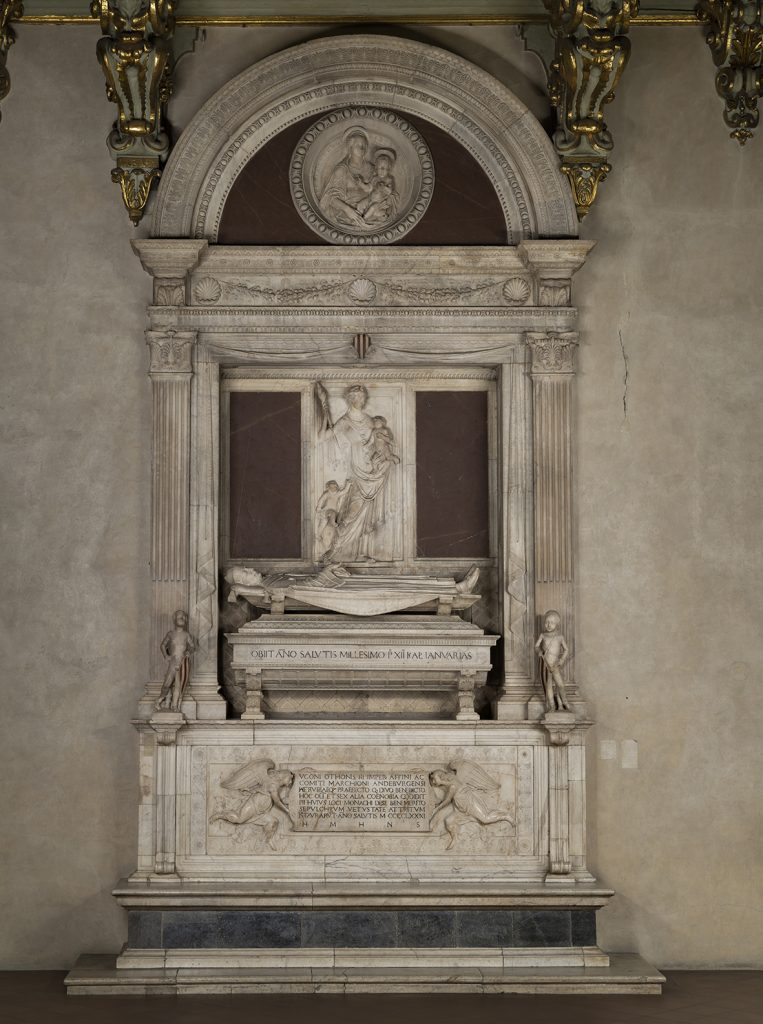
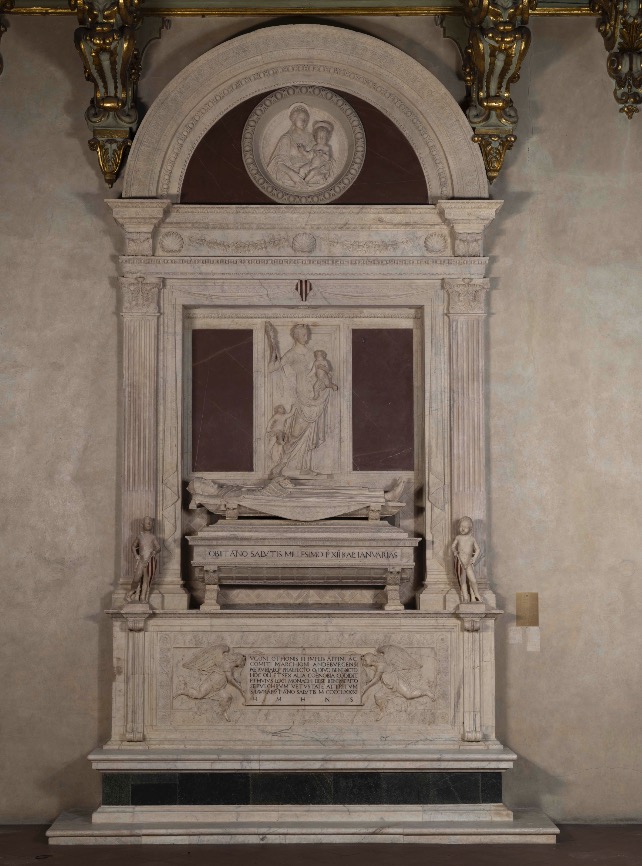
The date marks the anniversary of the death, in 1001, of Margrave Hugh, the Badia Fiorentina’s most generous benefactor. Inheriting the title of Margrave at the young age of 21, Hugh was the first to consider the city as the capital of Tuscia, the Tuscany of his day. He went on to become one of the greatest public figures in early Medieval Florence.
The restoration was performed by Habilis, under the supervision of the Archaeology, Fine Arts and Landscape Department for the Metropolitan City of Florence and the Pistoia and Prato Provinces, thanks to Friends of Florence with a donation from The Houston Family Foundation and Boniface and Alison Zaino.
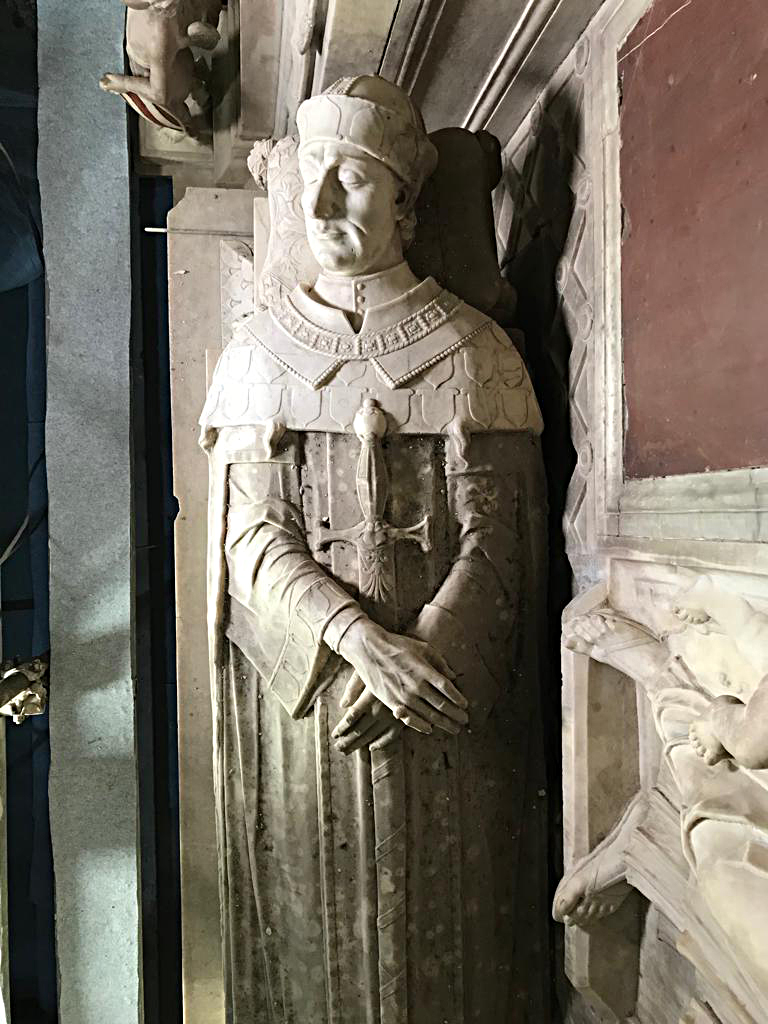
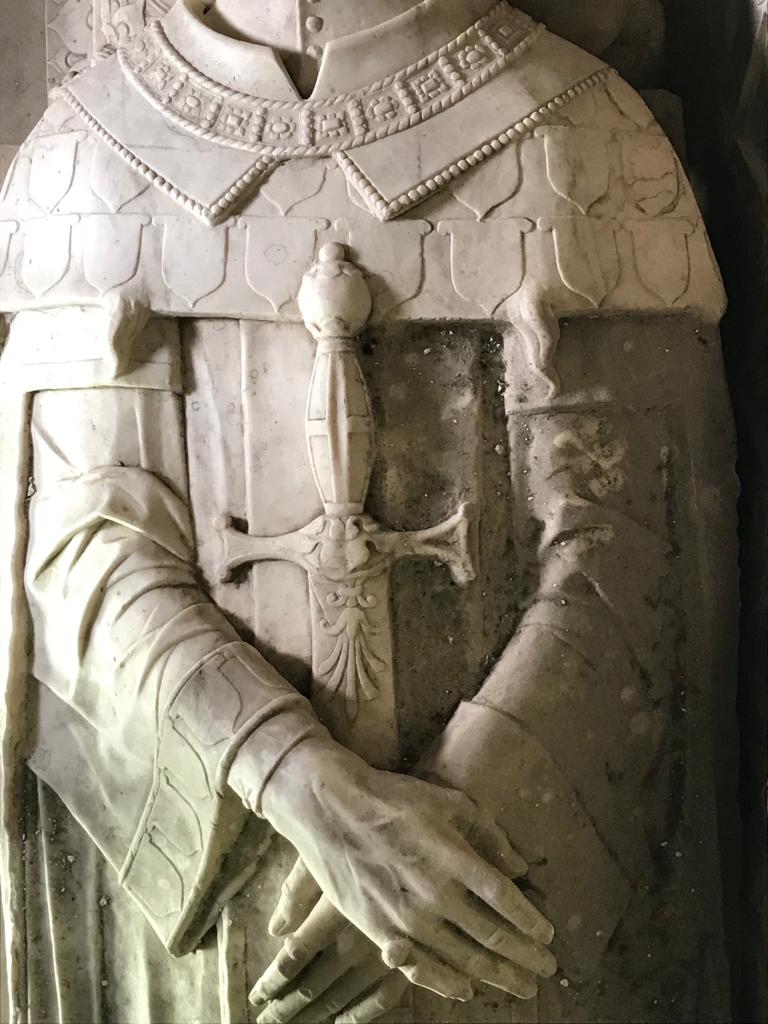
“We are delighted to be back in the Badia Fiorentina with this restoration,” comments Simonetta Brandolini d’Adda, president of Friends of Florence. “The monument to Hugh of Tuscany is at once an important piece of this city’s history and a masterpiece of Renaissance art in its own right. Thanks to our donors, The Houston Family Foundation and Boniface and Alison Zaino, we can now ensure that it is also enjoyed by future generations. Our gratitude also goes to Father Antoine and Sister Giovanna, the priors of the Badia Fiorentina, who went out of their way to accommodate the restoration; to Dr. Lia Brunori, an official with the Soprintendenza ABAP who supervised the work; and to Habilis srl, especially Andrea Vigna, Paola Viviani, Chiaki Yamamoto, Eleonora Bonelli and Giulia Pistolesi, who conducted the restoration with such patience and diligence.”
Mino da Fiesole’s funerary monument to Hugh, Margrave of Tuscany
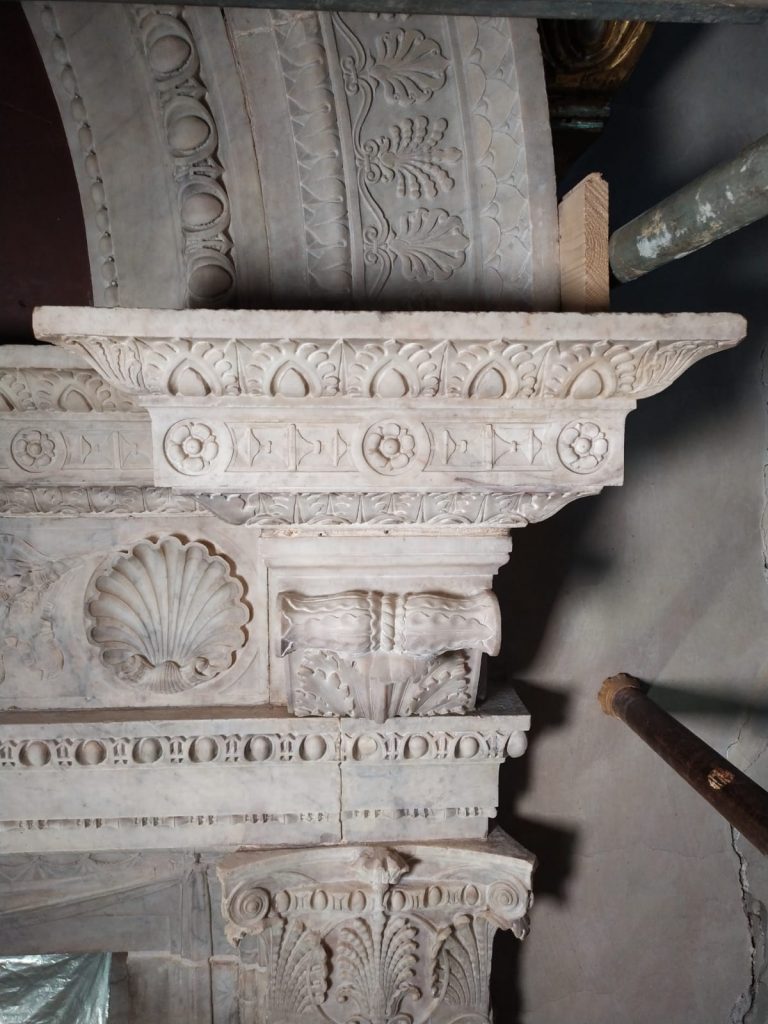
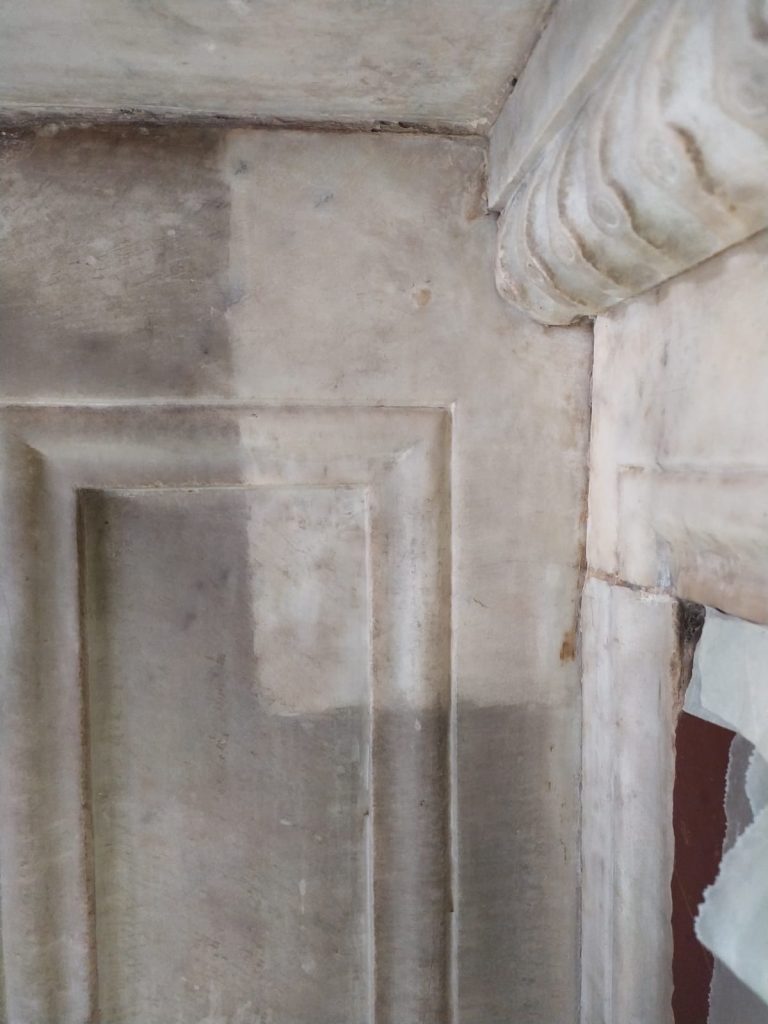
The monument was crafted by Mino da Fiesole between 1469 and 1481, emulating the style of his master Bernardo Rossellino, yet tempering it with the delicacy of Desiderio da Settignano. Mino had already worked in the Badia Fiorentina a few years earlier when he carved the funerary monument to Bernardo Giugni in 1466. Hugh of Tuscany’s tomb was made using three different stones: white Carrara marble, the red marble of Monsummano and dark green serpentino marble. The stones were carved using different tools, as we can see from the surfaces that display a variety of different tool marks. The figures’ flesh and Hugh’s face in particular were highly polished to achieve as naturalistic an effect as possible, while the clothing, damask drapery and decorative elements adorning the bier show different tool marks left by the sculptor.
Between 1627 and 1631, abbot Serafino Casolani commissioned architect Matteo Segaloni to conduct a radical transformation of the church, which changed the position of the altar. Mino da Fiesole’s funerary monument was dismantled and moved from the nave of the earlier church built by Arnolfo di Cambio to its present position. The numerous cracks in the blocks of marble, the loss of original material and the numerous repairs to the stonework using a yellow-orange resinous substance all dated back to the move. The light yellow and badly cracked pointing where the blocks join, using a putty probably made with a stucco consisting of lime, chalk and an oily substance that made it particularly tough to dislodge, also probably dated to the monument’s reassembly. The monument in its entirety was covered in a thick layer of atmospheric deposit, soot and candle wax.








